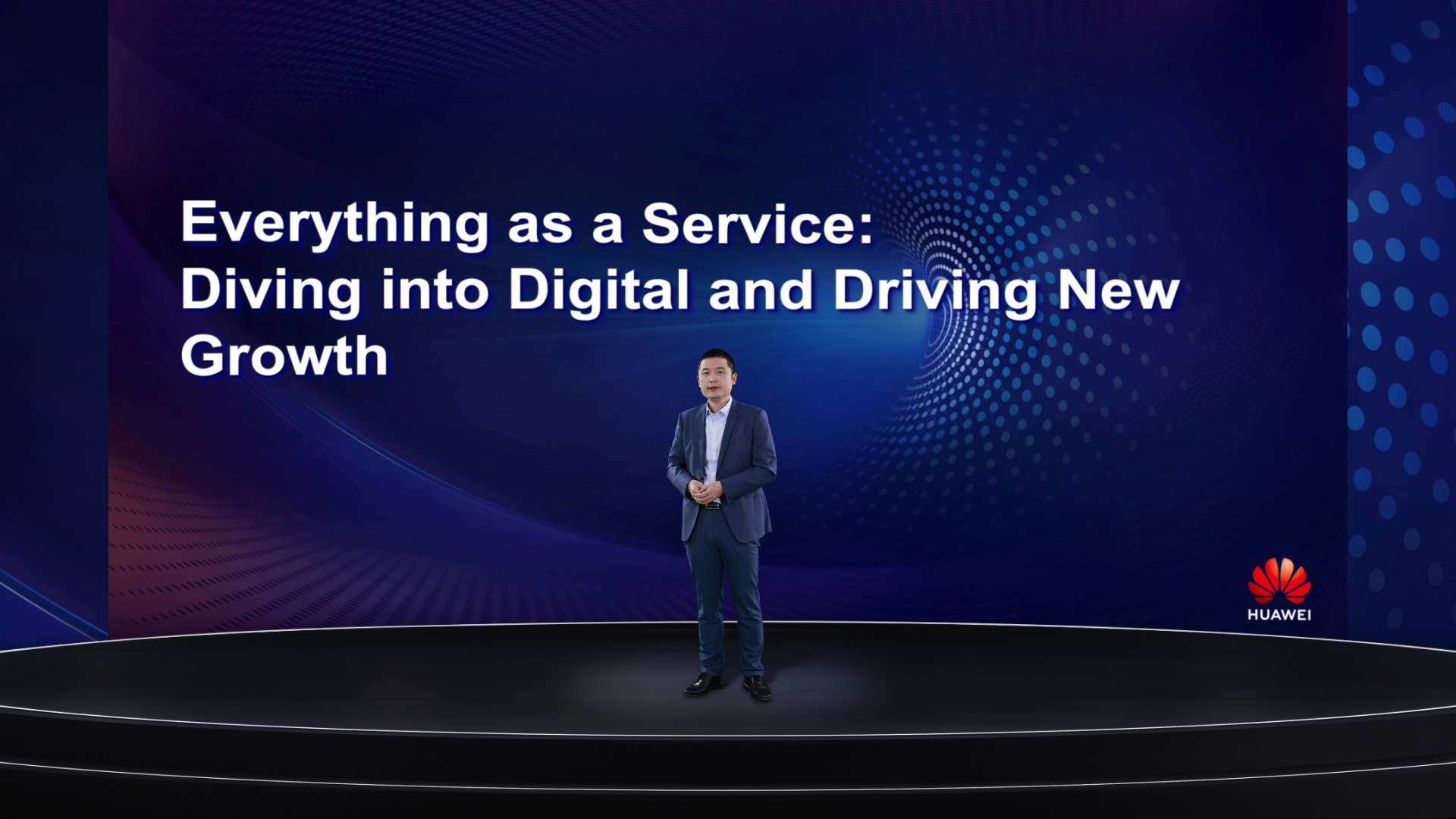Digitization is a never-ending journey; in this age of the new normal, brands and organizations are embracing digital-first solutions as a must-have instead of a good-to-have. And when it comes to navigating this ever-changing digital landscape, the telecom industry is leading the way to the cloud.
According to McKinsey, today’s ICT industry, represented by telcos, has fully adopted cloud, 5G, and smart business processes. This has transformed them into integrated ICT service providers to meet the needs of data-hungry users and businesses who recognize the necessity of going digital. As a result, the telecom industry is uniquely equipped to bring other traditional industries into both the present and the future.
This isn’t just about tapping into new markets but creating innovations and setting industry standards. Vodafone made digital-first changes to customer management, technology evolution, and operations, reducing its operating expenditure by 50%. China Mobile partnered with heavy industry titans Valin Iron and Steel Group to integrate 5G, cloud, and intelligence into their manufacturing processes, resulting in 30% capita output growth at 10% less production costs.
It’s clear that cloud is shaping to be the key technology for digitalization. There is no business strategy without a cloud strategy, and we see that in the growing global cloud revenue, which is expected to reach US$474 billion this year, up from US$408 billion in the last.
Top cloud service providers like Huawei, with the HUAWEI CLOUD, are ready to provide deployment modes based on cloud-native distributed architecture. Using the public cloud, hybrid cloud, and edge cloud, Huawei’s global scope and reach means that its services can be extended to every corner of the world, elevating it to be top five in the global IaaS market.
Cloud shifts to Everything-as-a-Service

Cloud is never static, now evolving to become not just a flexible tool to enable internet as a service, but to enable everything as a service.
In a keynote speech at MWC 2022, William Dong, Marketing Director of Huawei Cloud, said “To dive into digital with ‘Everything-as-a-service,’ HUAWEI CLOUD works with carriers to fuel their growth and bring enterprises and consumer jnfrastructure as a service for global accessibility. Technology-as-a-Service for easy innovation, and Expertise-as-a-Service for shared excellence.”
Infrastructure-as-a-Service for global accessibility
Through its global data centers, Huawei Cloud is expanding its infrastructure to provide a seamless experience on one network. Its collaborative partnerships allow it to effectively enhance and expedite information distribution and processing, especially when it comes to underserved areas.
These strategic cities bring a wealth of new partners and availability zones in 27 geographic regions, covering more than 170 countries and states.
Technology-as-a-Service for flexible innovation
When it comes to long-term innovation, only a handful of companies can commit time and resources to overcoming constant development challenges. Huawei began its 5G research in 2009, when 4G wasn’t even licensed in China. Ten years and a multibillion-dollar research budget later, it launched the world’s first commercial 5G network.
But that was just the beginning. The cloud has a rich future ahead, including the potential to distribute advanced digital intelligence and services as everyday utilities. With over US$10 billion in annual research investments and a team of 100,000 R&D engineers, HUAWEI CLOUD is ready to unlock a cloud-native future of accessible data, data intelligence, smart audio/video, and collaborative working technologies. The decades of experience in advancing ICT technologies and cloud-native solutions help HUAWEI CLOUD extend its global reach and ready itself for a new phase of industry digitalization.
Expertise-as-a-Service for shared excellence
HUAWEI CLOUD elevates digital transformation best practices into new innovations and cutting-edge business strategies. It released MacroVerse aPaaS in September 2021, which integrates with existing API services and can be adapted to specific scenarios. MacroVerse offers five digital engines for payment: search; browsing; navigation; and advertising. It has fully opened over 50 scenario-specific cloud services, 128 kits, and 20,000 API services in nine verticals, including automotive and travel, industrial, retail, healthcare, and interactive media sectors. Through this versatile ecosystem, HUAWEI CLOUD has also created an incredibly empowering business tool for its partners.
Of course, the cloud revolution goes beyond telecom and media into other industries, such the public sector, energy, and startups—each with different uses cases and needs. Using Huawei Cloud Native 2.0 technologies such as containers and big data, Singapore tech startup Nestia, which runs a multipurpose app, was able to improve its performance by 20% and reduce costs by 30%.
Over in the energy industry, the SGCC Chongqing Yongchuan Electric Power Company used Huawei’s cutting-edge dataset Pangu Models to optimize data labeling during intelligent drone inspections. As a result, it improved its average precision by 18.4% and reduced model development costs by a significant 90%. And in the transportation industry, UCARS used Huawei’s ModelArts to create Southeast Asia’s first intelligent vehicle valuation tool.
Huawei’s commitment to building a future-forward ecosystem with a long-term vision for innovation, shared business opportunities, and success stems from its pool of over 2.6 million developers, 28,000 consulting partners, and 9,000 technical partners. Its cloud solutions draw from a rich well of experience and talent, enabling it to find smart solutions and create new value across global industries and regions. The cloud may be a relatively nascent innovation, but it’s one that’s already formed the backbone of a digital-first future—one where nothing is out of reach.
To learn more about HUAWEI CLOUD, please click here.
Read More from This Article: How Cloud Is Turning Everything-As-A-Service Into Reality
Source: News

